
(Please click on the video above to watch)
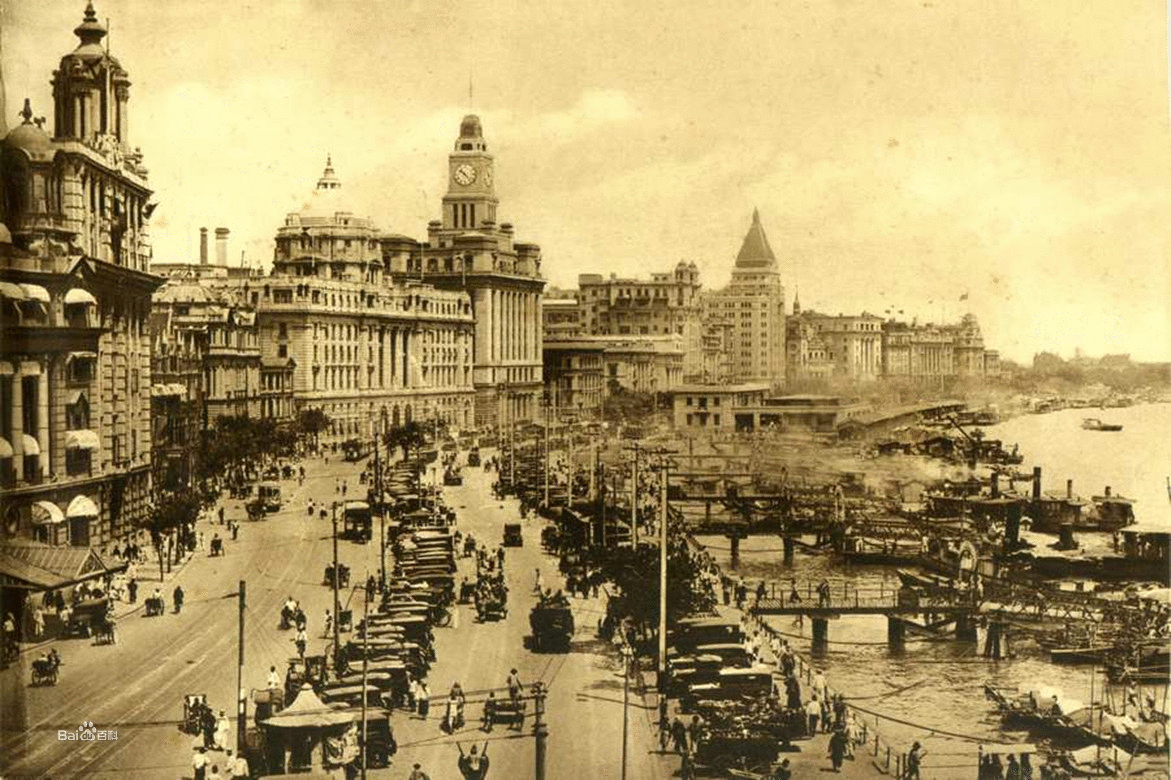
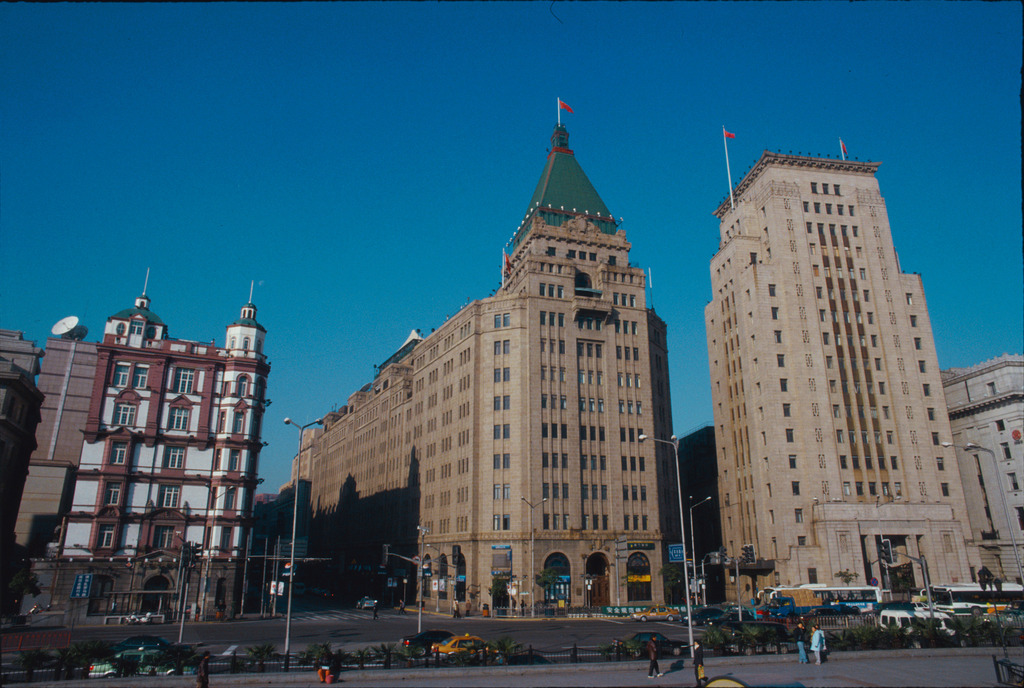
The Peace Hotel is a hotel on the Bund in Shanghai, China which overlooks the Huangpu River. The hotel today operates as two separate businesses. The North Building, built as Sassoon House, originally housed theCathay Hotel and is today the Fairmont Peace Hotel run by Fairmont Hotels and Resorts of Canada. The South Building was built as the Palace Hotel and is today the Swatch Art Peace Hotel. The two buildings both face the Bund, but are divided by the famous Nanjing Road, arguably the busiest street in Shanghai.
North Building
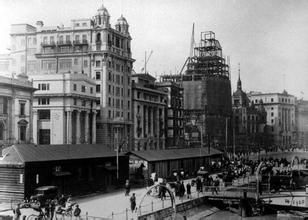
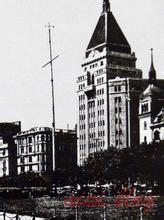
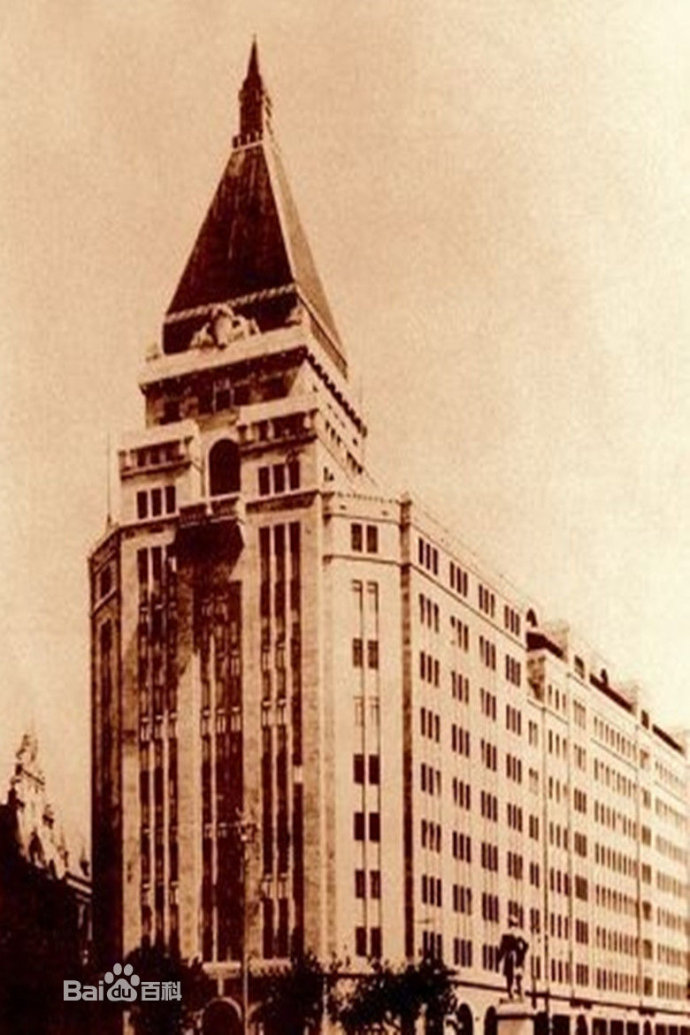
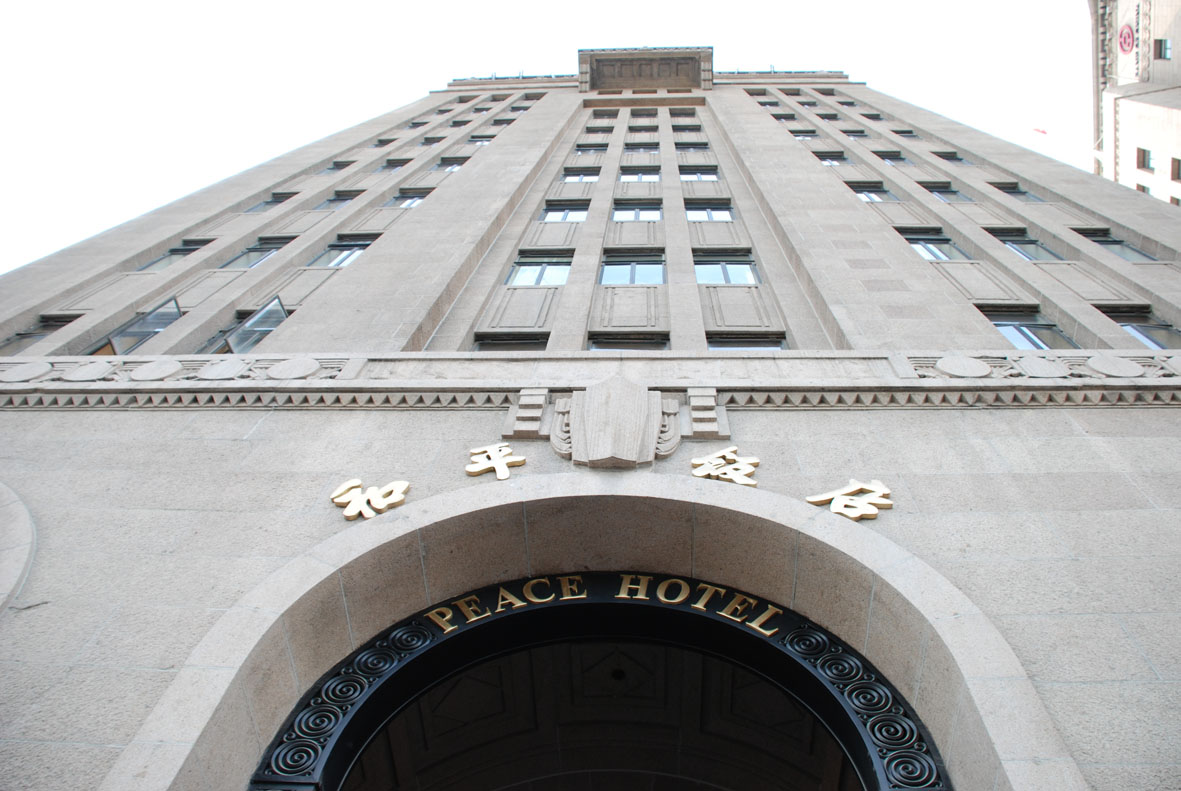
The larger North Building at Number 20, The Bund, is called Sassoon House. It was built by Sir Victor Sassoon, of the famous Sassoon family who dominated Shanghai business and real estate in the early 20th century. He was a BritishSephardic Jew of Iraqi origin, and his family had extensive business in Hong Kong, Shanghai, and Calcutta. Sassoon House was the first high rise building built by Victor Sassoon. It was designed by P & T Architects Limited (Palmer and Turner), with a reinforced concrete structure. It occupied 4617 square metres, with a floor space of 36,317 square metres. Construction began in 1926 and completed in 1929. The building is ten storeys in height, partially thirteen storeys, and with a basement. The total height is 77 metres. From external design to interior decor, a consistent design scheme was followed. The building featured extensive use of straight lines in the exterior, with decorative patterns at pediments and eaves. Most of the building features granite facing, with the ninth floor and the roof surfaced with terracotta. The eastern facade (facing the Huangpu River and the Bund) features a pyramidal roof with steep sides and a height of about 10 metres. The pyramid is faced with copper (which is now green).
The building features an "A" shaped cross section. Before 1949, the ground floor space facing the Bund was leased to two banks. This space later became the Shanghai branch of Citibank in the 1980s. The rest of the ground floor featured a shopping arcade. Two main walkways crossed in the centre at an octagonal hall. The first to third floor were leased as offices. Sassoon's companies and subsidiaries had their offices in the fourth floor. The fifth to seventh floors housed theCathay Hotel, with rooms decorated in exotic international themes. The eighth floor housed the main bar, a ball room, and a Chinese restaurant. The ninth floor is a night club and a small dining hall. The tenth floor was Victor Sassoon's private apartments. Within the pyramidal roof was the large dining hall.
Before 1949, the Cathay Hotel was regarded as the most prestigious hotel in Shanghai. Most international envoys visiting Shanghai would stay in the hotel. After the Communist takeover in 1949, some of the offices were used by the Municipal Finance Committee. In 1952 the building was taken over by the Municipal Government. In 1956 it resumed trading as a hotel under the name "Peace Hotel". During the Cultural Revolution, the hotel was used by the Gang of Four; most famously by Zhang Chunqiao as he headed theShanghai Commune from headquarters in the Peace Hotel.
In 1992 the Peace Hotel was listed as one of the famous hotels of the world by the World Hotel Association. It has become particularly renowned for its Old Jazz Band, which recently was the basis for a movie, "As Time Goes By" a film by Uli Gaulke, and its roof terrace restaurant, overlooking the now booming district of Pudong across the Huangpu.
In 2007, the hotel closed for a three-year renovation and the North Building reopened in 2010 as the Fairmont Peace Hotel Shanghai. The hotel offers 269 deluxe guestrooms and suites with a selection of eight restaurants and lounges. A low-rise extension has been added to the rear of the hotel, housing guestrooms as well as a sky-lit swimming pool and spa. The renovation also preserved many elements of its historical 1920's and 1930s past.

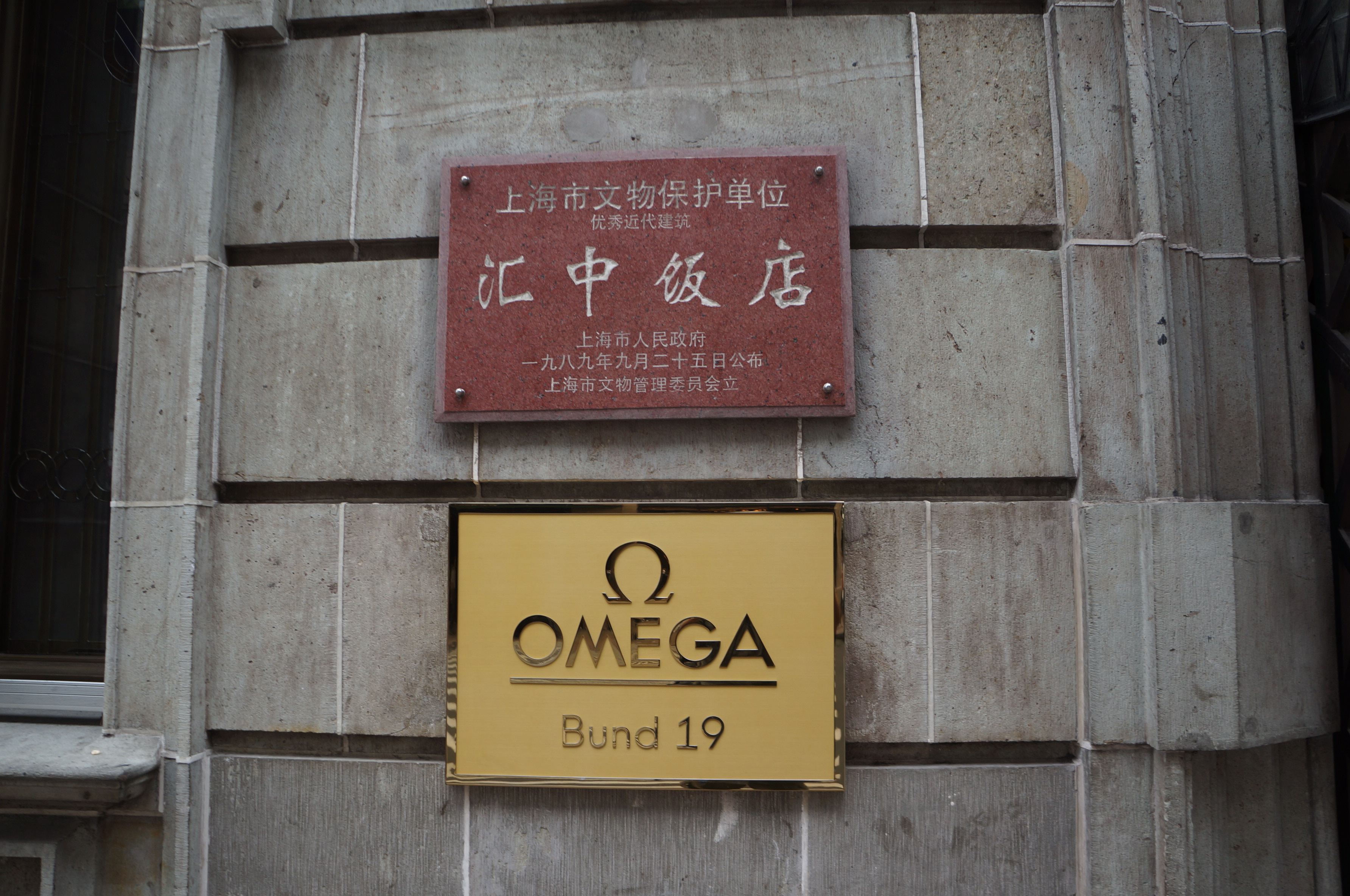
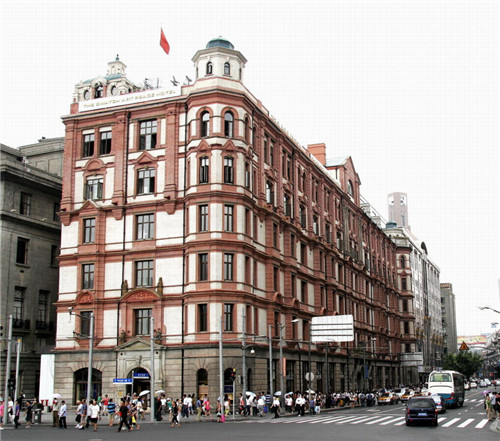
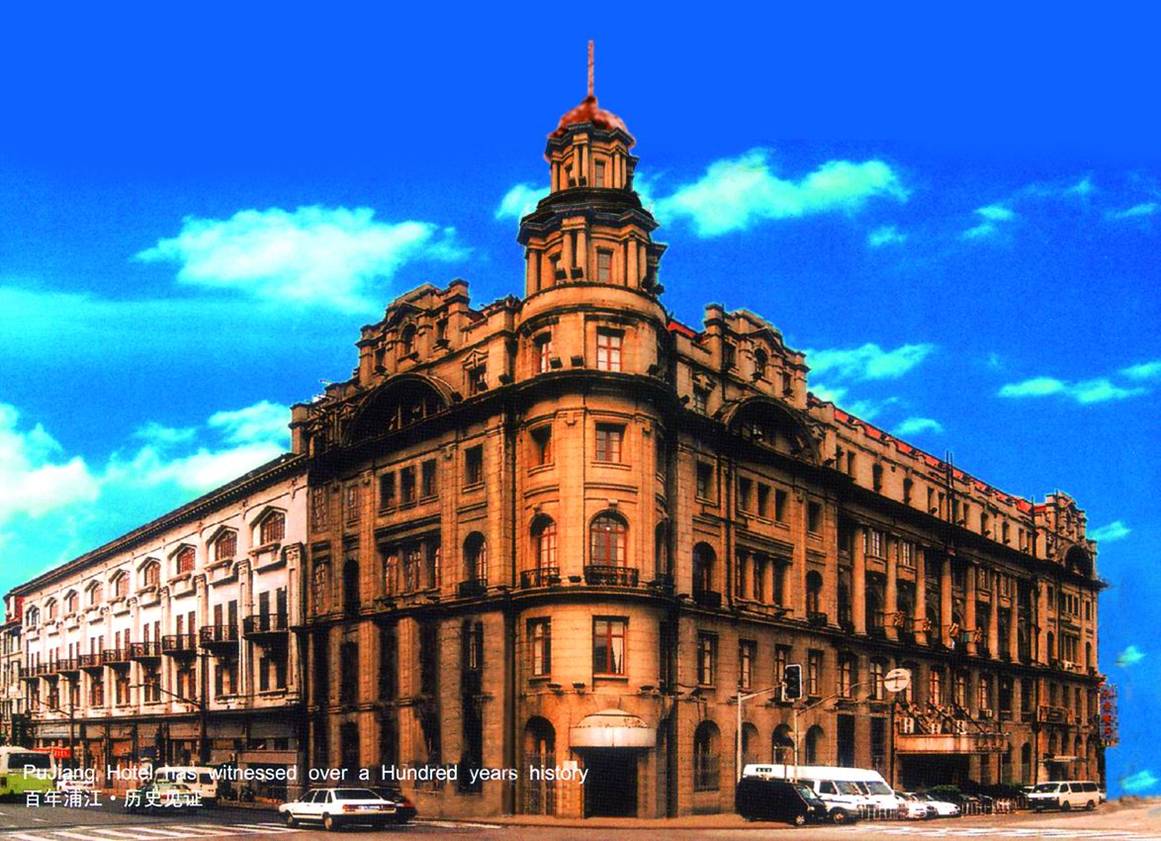
Separated from the North Building by busy Nanjing Road, the South Building was constructed as the Palace Hotel in 1908 on the site of the Central Hotel, which had been founded on the same site in the 1850s. When built, the six story hotel was the tallest building on Nanjing Road. The hotel occupies 2125 square meters, with a floor space of 11607 metres. It has a brick veneer structure, with six stories reaching 30 metres (98 ft) in height. The exterior adopts a Renaissance style. The hotel has around 120 guest rooms. It also featured two elevators, the first building to do so in Shanghai.
In 1909, the first meeting of the World Anti-Narcotics League was held here. In 1911, after the success of the Xinhai Revolution,Sun Yat-sen stayed at the hotel and advocated commitment to the revolutionary cause. During World War II, the building was occupied by the Japanese army. In 1947 it was purchased by a Chinese company. After the revolution in 1949 it continued trading until 1952, when it was confiscated and used by the Municipal Construction Department. In 1965 it resumed trading as a hotel as a wing of the Peace Hotel.
Similar to its counterpart to the north, the South Building was renovated in preparation for the 2010 World Expo. It emerged as the Swatch Art Peace Hotel. It plays host to gifted artists from around the world who live and work for a limited time in apartment/workshops. The heritage facade and public rooms of the building have been restored to their original splendor, while the building also features boutiques, a Swatch showroom and the Shook! restaurant and rooftop bar.